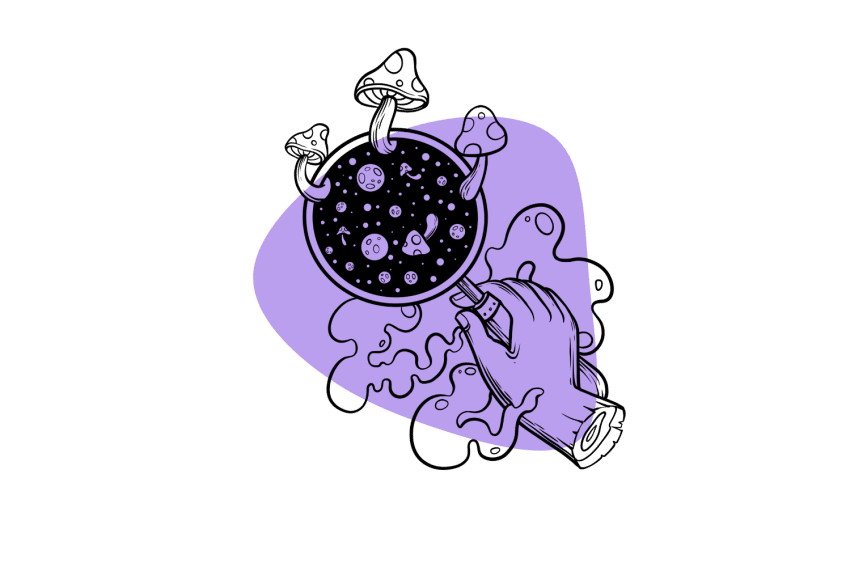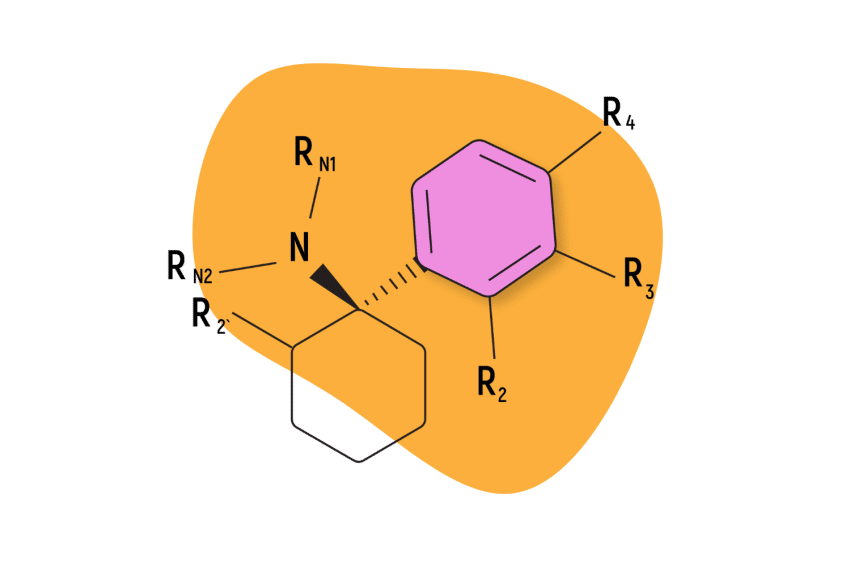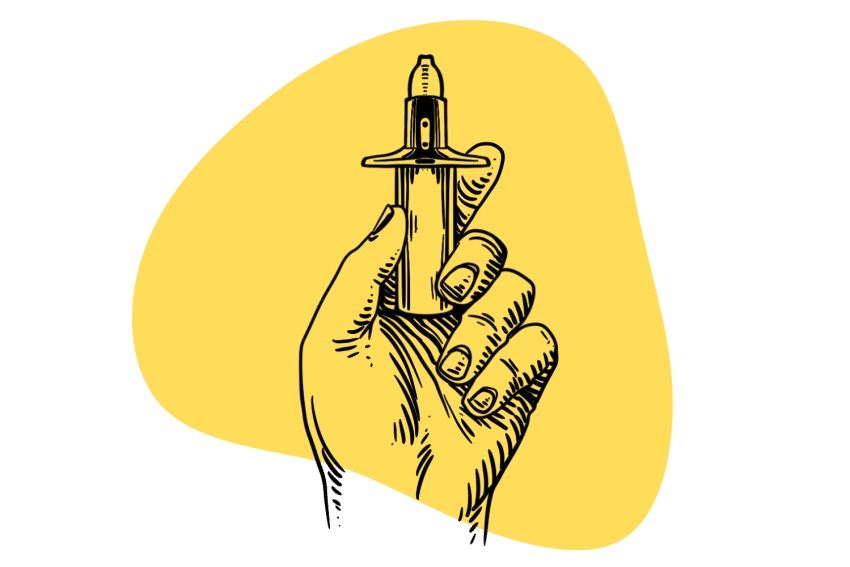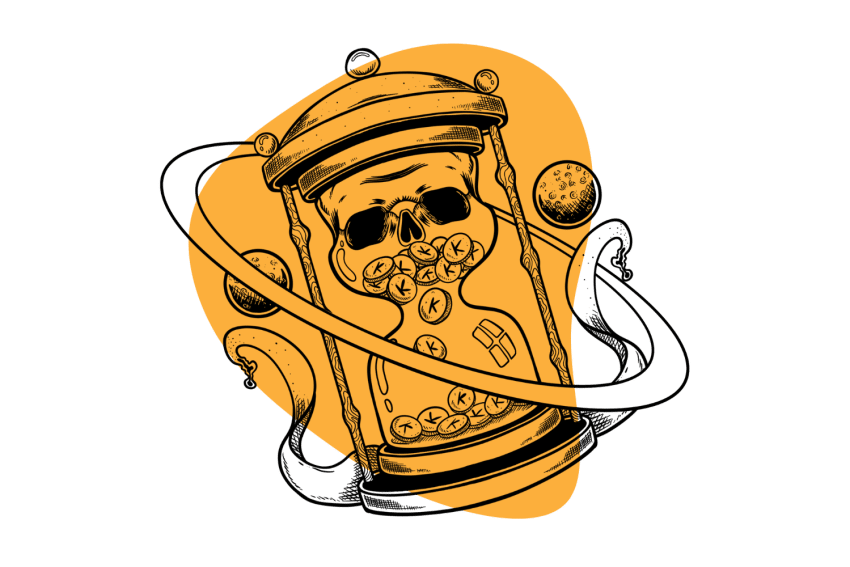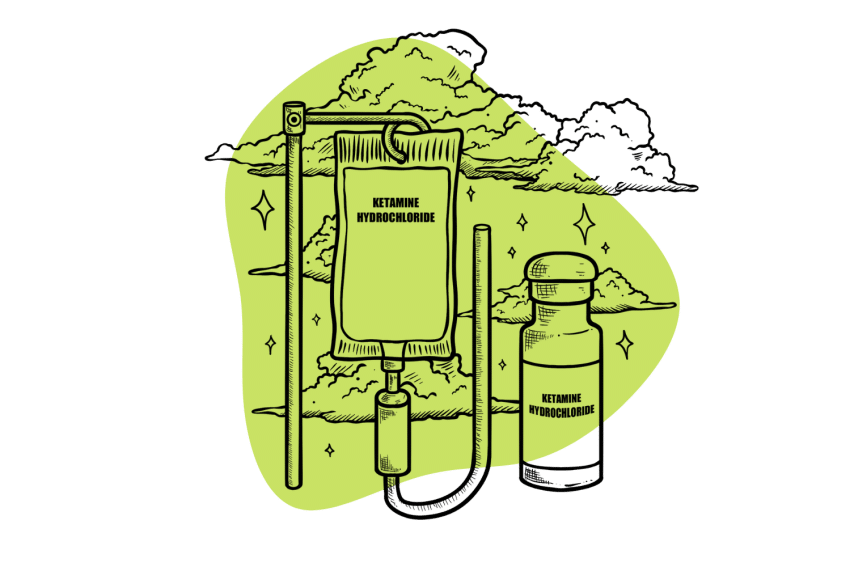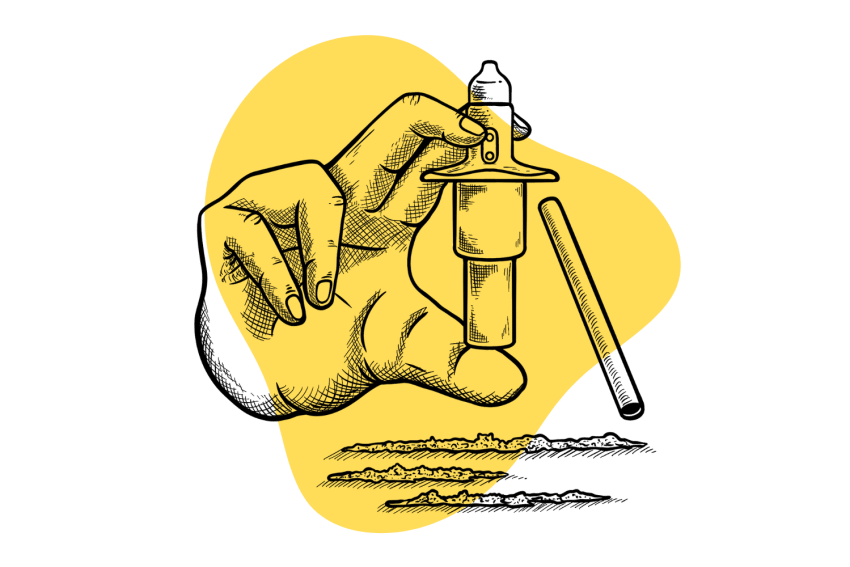Ketamine Lozenges: What & Why & How to Be Safe
Ketamine lozenges provide a sublingual dose of ketamine over a steady period, but does this make them better or safer than other routes of administration?

If you’ve looked into the potential of getting ketamine — particularly from a telehealth clinic — you’ve almost definitely seen lozenges as the new go-to offering. Contrary to some claims, they don’t necessarily provide an easier experience or fewer side effects.
While there are some benefits to using lozenges as a delivery mechanism, the main benefit is increased storability, making them more reliable for mail-order deliveries.
Lozenges are no safer than any other form of ketamine, and while their effectiveness is more reliable than other options, it’s not more powerful. Moreover, it doesn’t lead to fewer ketamine metabolites — which lead to many of the physical adverse reactions.
Let’s take an objective look at ketamine lozenges, their benefits, and the risks that still exist within them.
What’s the Point of Ketamine Lozenges?
Ketamine lozenges deliver a slow release of ketamine throughout their time of use. As they melt, ketamine enters the bloodstream through the thin membrane of skin in your mouth and under your tongue.
A smaller amount of ketamine comes from the oral effect of swallowing the liquid as it melts. This secondary amount is small, however, provided the participant holds their saliva long enough.
Sublingual (under the tongue) and buccal (between your gums and cheeks) delivery are common among a wide range of substances. Not every drug works better through this — since many require metabolism to become effective — but ketamine appears more reliable with sublingual/buccal administration. Let’s break down why this is and how it all works:
How Sublingual Ketamine Works
Whereas oral doses of ketamine typically have to go through the digestive process before becoming active, sublingual routes of administration enter the bloodstream. Some drugs offer a higher bioavailability through this mechanism — or potential for your body to absorb it — but ketamine doesn’t appear to be one of them.
In a study on the new method for ketamine delivery, researchers compared it with an oral and intravenous dose and found:
- A similar bioavailability to oral mechanisms, on average
- Sublingual administration was more reliable, ranging from 17–27% compared to 19–49% in oral administration
- Plasma concentrations were roughly identical to intravenous (IV) administration except for the peak effects, which were far higher for IV [1]
Readings of participants’ plasma concentrations suggest sublingual ketamine is more reliable than oral doses and comparable to IV in onset and duration. IV ketamine rapidly spikes the concentration of ketamine and its primary metabolite, norketamine, in the bloodstream before rapidly deteriorating.
Sublingual doses, by contrast, raise levels rapidly but plateau at around half of the maximum from IV administration, sticking around at that level for a moment before declining.
For some, this may suggest a more approachable method for ketamine — though this doesn’t mean lozenges can’t become overwhelming.
Are Ketamine Lozenges Safer Than Infusions?
No — all forms of ketamine carry the same potential for side effects and adverse reactions. The popular ketamine telehealth clinic Mindbloom recently conducted a study of 1247 participants who received ketamine for anxiety and depression over four sessions, declaring it “safe and effective [2].”
While the results of this study (which was funded by Mindbloom, who also employed the researchers and provided the data) seem promising, four people dropped out due to adverse reactions. This happened despite a robust 14-part exclusion criteria, including anyone whose depression was bad enough that the therapists deemed it “psychologically unsafe.”
Reasons for dropping out were:
One due to elevated heart rate, one due to worsening symptoms of depression, one needing to visit a urologist for follow-up on increased urinary pressure, including hematuria 24h after the fourth medication session, … and a final who presented to the ER for worsening anxiety and depression who was then admitted for ongoing psychiatric services.
This demonstrates an important, oft-overlooked truth about ketamine therapy: it’s not entirely safe.
This study also excluded participants with a history of drug use, meaning these side effects — including the need for in-patient psychiatric or urological services — occurred after (at most) just four uses of the drug.
While the research glances over this, placing it within the “clinical outcomes” section and not expanding beyond a couple of paragraphs, these four cases matter. Any psychedelic experience can potentially worsen depression and anxiety, but most won’t leave you seeking a urologist.
A quick note in defense of Mindbloom is that they are one of the few ketamine telehealth clinics to include warnings of urinary problems from ketamine use on their site.
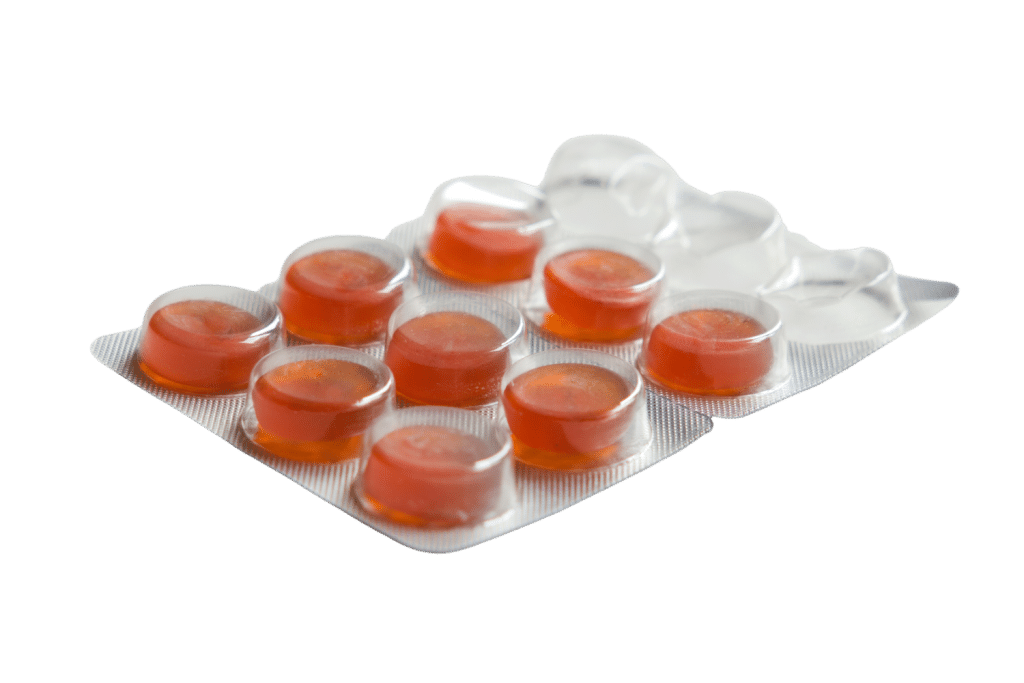
Is Long-Term Ketamine Use Safe With Lozenges?
While a large amount of ketamine’s toxicity remains uncertain, research indicates the frequency of use and higher doses make urinary problems (among others) far more likely [3]. Studies often go to great lengths to suggest that street-sourced ketamine is the only way this is possible, but as we can see from Mindbloom’s research, this isn’t entirely true.
One survey of other studies notes that as many as 30% of frequent ketamine users experience urinary problems at some point [4]. They also state that the cause of this effect is likely a “high concentration of ketamine and its metabolites.”
Given the studies showing similar metabolite levels for all delivery methods, this implies sublingual use isn’t safer. Furthermore, repeated doses can cause metabolite levels to build up to high levels, similar to any other form of frequent use.
This may pose a more significant threat when it comes to microdosing ketamine. While a single, sub-perceptual dose is unlikely to be harmful, Joyous sends 30 “very low-dose ketamine” lozenges per month.
We don’t have enough information on microdosing any substance to declare it’s safe. However, with a drug like ketamine, the risk potential is far higher.
Where to Find Ketamine Lozenges
Lozenges have become the go-to — for the most part — when it comes to ketamine telehealth clinics. Finding a safe supply of them is relatively easy and far cheaper than a standard infusion clinic, but these savings come at a cost.
Telehealth clinics often offer little-to-no therapeutic assistance before, during, or after your ketamine sessions. As such, people considering this route should take special care in crafting their own preparation and integration routine.
Some telehealth options offer an app to assist with this, a message board for “group integration,” or supervision of select sessions, but you will primarily be on your own. If you want guidance and therapeutic intervention with your ketamine, it’s best to seek out an in-person clinic.
Some of these will also offer lozenges or, more commonly, may start you with them as an easier entry point before moving to infusions.
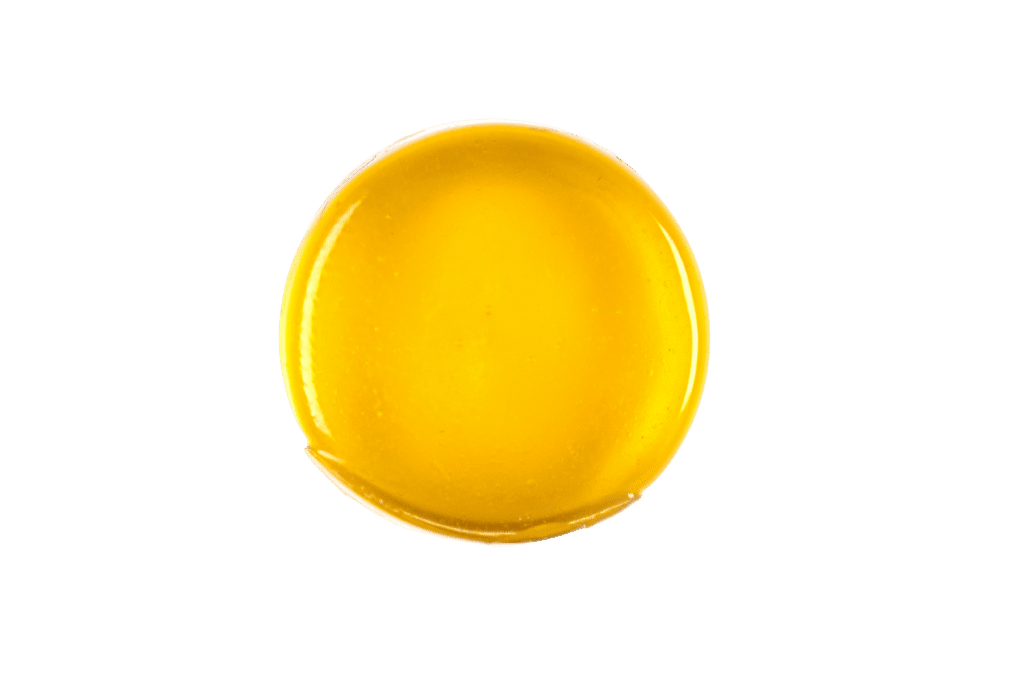
Frequently Asked Questions About Ketamine Lozenges:
Here are some questions people commonly ask about ketamine lozenges:
1. What’s a Typical Dose of Ketamine Lozenges?
This will depend on what your therapist determines your dose should be, but it can start as low as 50mg for a first-time use and go up to 400mg. As the lozenge dissolves in your mouth, you will have to refrain from swallowing for at least 10–15 minutes.
If you swallow before this point, you’ll likely receive more of the “oral” effect of ketamine. While this isn’t less effective (on average), it might be less reliable since it depends on your metabolism.
After waiting, you’ll still likely receive some additional effects from residual ketamine in your saliva, but this will be minimal.
2. Do I Have to Visit a Ketamine Clinic for Lozenges?
The vast majority of ketamine lozenges likely come from ketamine telehealth services. They mainly enjoy utilizing them because of their ease of use — it’s like taking a cough drop — and storability.
Some in-person clinics also offer lozenges, but they mainly focus on infusions through IV/IM injections.
3. How Long Until Ketamine Lozenges Kick In?
Sublingual administration of ketamine has a quick onset without peaking as high as an infusion or intra-muscular injection. As a result, many find sublingual methods to be more approachable than other options with fewer side effects.
However, it’s worth noting that each person is different, and side effects are just as likely from sublingual use as they might be for any other route of administration. The psychological side effects of ketamine alone can be frightening and disorienting, and it’s essential to prepare for them regardless of your route of administration.
4. Is There a Difference Between Ketamine Lozenges and Troches?
Ketamine troches are very similar to lozenges, with the main distinction being that troches are a slow-dissolving tablet as opposed to a medicated slow-dissolving candy. Their capabilities and mechanisms of action are similar, but many opt for lozenges if they prefer the sweeter taste.
Lozenges are more pleasant for most than leaving a tablet in their cheeks for buccal absorption. As the mouth fills with saliva and the melted lozenge, it may enter through either the buccal or sublingual route.
5. Are Ketamine Lozenges Safe?
For the most part, ketamine is a relatively safe drug with a low-risk profile. However, ketamine does exert toxic effects on the liver and bladder, which can become serious — especially following frequent use.
In particular, ketamine has the risk of leading to moderate-to-severe urinary problems [5]. Compounding this concern are reports detailing chaotic and compulsive behavior around ketamine, leading many to develop a dependency from repeated use [6].
Taken together, all forms of ketamine require caution and diligence from anyone taking them.
Subscribe to Tripsitter: Newsletter & Podcast
Unlock Your Mind: Subscribe for Expert Insights on Psychedelics 🍄🌵
References
- Chong, C., Schug, S. A., Page-Sharp, M., Jenkins, B., & Ilett, K. F. (2009). Development of a sublingual/oral formulation of ketamine for use in neuropathic pain: Preliminary findings from a three-way randomized, crossover study. Clinical Drug Investigation, 29(5), 317–324. https://doi.org/10.2165/00044011-200929050-00004
- Hull, T. D., Malgaroli, M., Gazzaley, A., Akiki, T. J., Madan, A., Vando, L., Arden, K., Swain, J., Klotz, M., & Paleos, C. (2022). At-home, sublingual ketamine telehealth is a safe and effective treatment for moderate to severe anxiety and depression: Findings from a large, prospective, open-label effectiveness trial. Journal of Affective Disorders, 314, 59–67. https://doi.org/10.1016/j.jad.2022.07.004
- Orhurhu, V. J., Vashisht, R., Claus, L. E., & Cohen, S. P. (2023). Ketamine Toxicity. In StatPearls. StatPearls Publishing. http://www.ncbi.nlm.nih.gov/books/NBK541087/
- Chu, P. S.-K., Ma, W.-K., Wong, S. C.-W., Chu, R. W.-H., Cheng, C.-H., Wong, S., Tse, J. M., Lau, F.-L., Yiu, M.-K., & Man, C.-W. (2008). The destruction of the lower urinary tract by ketamine abuse: A new syndrome? BJU International, 102(11), 1616–1622. https://doi.org/10.1111/j.1464-410X.2008.07920.x
- Winstock, A. R., Mitcheson, L., Gillatt, D. A., & Cottrell, A. M. (2012). The prevalence and natural history of urinary symptoms among recreational ketamine users. BJU International, 110(11), 1762–1766. https://doi.org/10.1111/j.1464-410X.2012.11028.x
- Liu, Y., Lin, D., Wu, B., & Zhou, W. (2016). Ketamine abuse potential and use disorder. Brain Research Bulletin, 126(Pt 1), 68–73. https://doi.org/10.1016/j.brainresbull.2016.05.016


